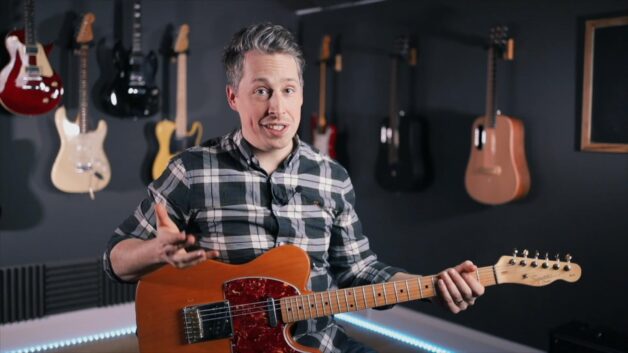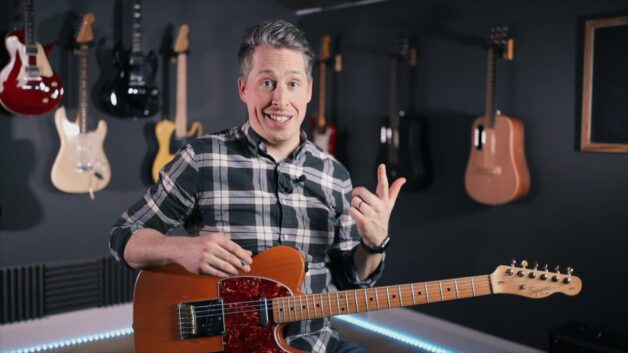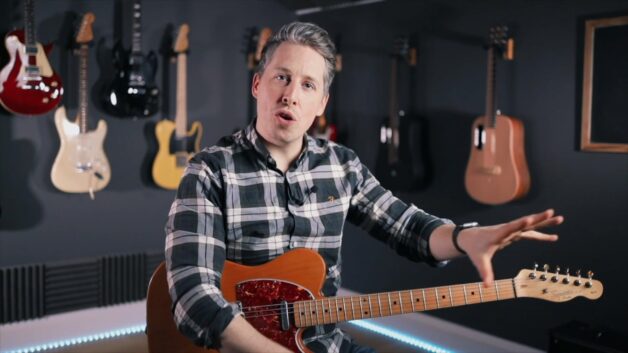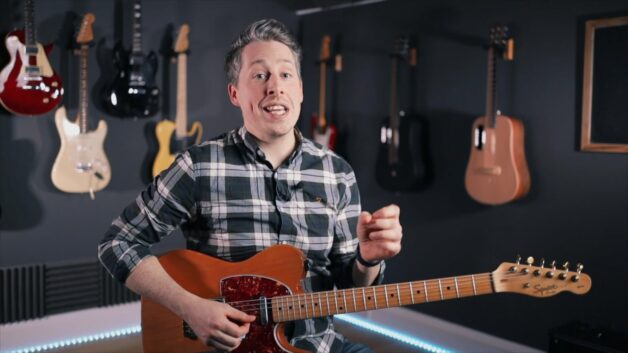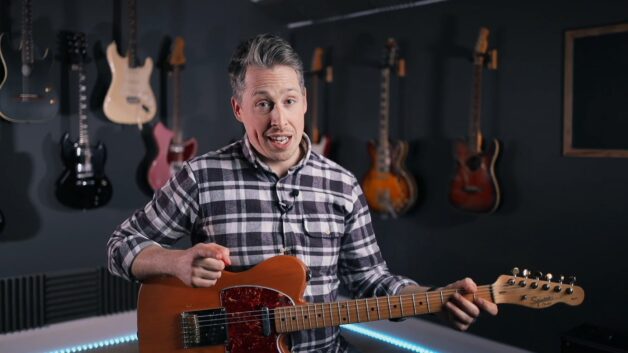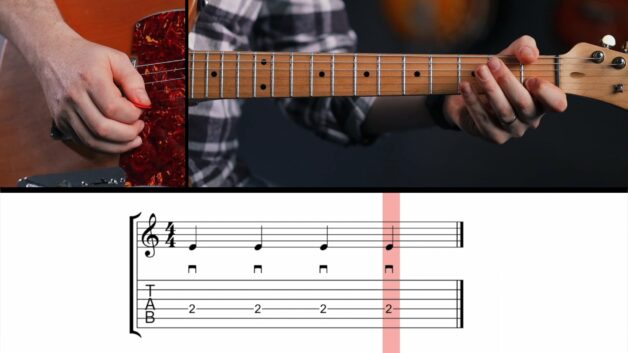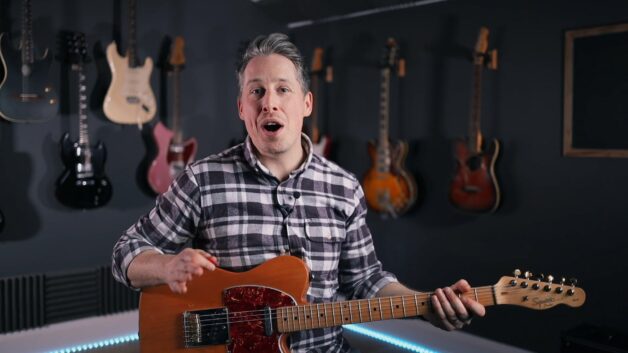Mastering Triplets: The Key to Unlocking Rhythmic Flow
Triplets: A Small Shift That Changes Everything
Triplets are one of those rhythmic tools that can completely transform your playing, yet they often feel unnatural at first. The reason? Most beginners are accustomed to dividing beats into twos and fours, making triplets feel slightly off-kilter. But once you get the hang of them, they add a smooth, rolling quality to your playing that’s used in everything from blues to metal.
The Basics: What Exactly Are Triplets?
In simple terms, a triplet divides a beat into three equal parts instead of the usual two or four. The most common form is the eighth note triplet, where each beat of a measure gets split into three notes instead of two. To count this, musicians often say “trip-let, trip-let” over a standard four-beat measure.
There are also quarter note triplets and sixteenth note triplets. Quarter note triplets can be tricky because they stretch across two beats, requiring a solid grasp of timing. Sixteenth note triplets, on the other hand, fit six notes into each beat, making them feel fast and dense which is great for lead guitar runs and flashy solos.
Picking Techniques: Downstrokes, Alternate Picking and Common Pitfalls
When it comes to playing triplets cleanly, your picking technique is crucial. There are two main approaches:
- Down-up-down picking: This method provides a natural reset at the start of each beat, helping to keep things controlled.
- Strict alternate picking: This keeps the motion fluid and even, which is useful for faster passages.
Beginners often struggle with keeping triplets evenly spaced. One common mistake is rushing the third note, causing an uneven feel. A metronome is your best friend here: start slow and focus on making each note perfectly even before increasing speed.
How Triplets Appear in Real Music
Triplets aren’t just an abstract concept, they’re everywhere. Listen to blues guitarists like B.B. King and you’ll hear them woven into solos. Jazz swing rhythms are built around triplets, and even heavy metal riffs sometimes use them for a galloping effect (think Iron Maiden). Practicing triplets in isolation is helpful, but playing them over a backing track will help you feel their true musical role.
Practical Exercises for Mastering Triplets
Building fluency with triplets takes time, but structured exercises can make the process smoother:
- Clap and Count: Tap your foot while saying “trip-let” aloud to internalize the rhythm.
- Metronome Drills: Set a slow tempo and play eighth note triplets, gradually increasing speed as you gain control.
- Apply to Simple Licks: Try playing a basic blues lick using triplets to hear how they change the feel.
- Experiment with Picking Patterns: Play triplets using both down-up-down and strict alternate picking to see which feels more natural.
A Word of Caution: Avoid These Beginner Mistakes
- Ignoring accents: Try emphasizing the first note of each triplet to create a natural pulse.
- Speeding up too soon: Focus on consistency before increasing tempo.
- Skipping the metronome: Even experienced guitarists use one to keep their timing precise.
Bringing Triplets Into Your Playing
At first, triplets might feel awkward, but they’re worth the effort. Whether you’re working on a blues solo, jazz comping, or metal riffing, they provide a rhythmic flexibility that opens up new creative possibilities. Start with slow, deliberate practice, and soon enough, triplets will feel as natural as standard eighth notes.
